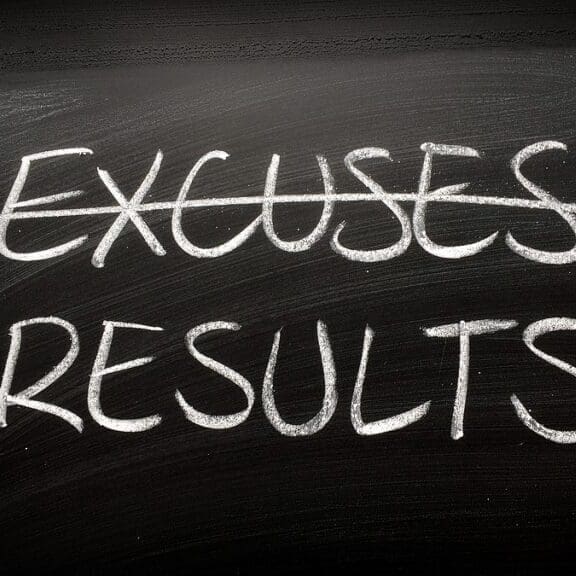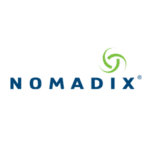 Giving the proper credits to your food and beverage operation is an important task. You want to insure its done consistently and fairly. This article examines all the usual credits, the different types, the proper way to take them and why we need to take them.
Giving the proper credits to your food and beverage operation is an important task. You want to insure its done consistently and fairly. This article examines all the usual credits, the different types, the proper way to take them and why we need to take them.
The first thing we want to look at is why we need to credit the F&B operation for its goods used in other parts of our business. Someone once asked me why we don’t credit maintenance for their costs when used in other departments. Or better still why don’t we credit rooms when staff members stay over because of bad weather or business volumes. Why is F&B so special? I have heard this one a hundred times.
The reason why F&B is special is because it has cost of goods sold accounts. Cost of food and cost of beverage. Rooms has no such cost of goods account because they are not producing anything they do in F&B. In F&B we buy products, food and beverage and we manufacture goods and sell them for a higher price. In rooms we don’t do anything like this (sorry rooms folks). In the case of maintenance, it’s a non-operating department (no revenues) so it gets no such credit. We do appreciate all their hard work, but we don’t give them any credit on our books, sorry.
We want to give F&B credits for their goods that are used in other departments, so we can keep a close eye on the cost of goods sold percentage. The food cost percentage and the beverage cost percentage. Credits come in two forms; credits for goods at cost and credit for goods at retail. These transactions are handled separately but their values effect the same accounts on your statements.
Let’s do the credits for goods at cost first. As a young lad one of my first jobs in hospitality was a food and beverage storeman. My job was to fill all the requisitions for the kitchens and the bars. Many carts full of food from the freezer, fridge and dry goods room every day were delivered to the kitchen. Boxes and boxes of wine, beer and spirits for the bars to pick-up. But then every once and a while I would get requisitions from other places; the general managers house, the executive offices, the staff cafeteria and then the chef would also order booze for the kitchen and the bars ordered food like limes, lemons and juices. I thought at the time this was interesting, but I had no idea that it all meant something. Every one of these “other orders” caught the attention of the cost controller each month as he requested I keep a separate and complete copy of each “other” requisition. Odd I thought as the main requisitions piled high in the corner of the office never to see the light of day again. Each one of these other items was costed and it then got recorded as a credit to either the food or the beverage cost depending on what family the products requested belonged to. The cost controller totaled these requisitions each month and sent the summary up to accounting.
Food to the GM’s house was a credit to food cost and a debit to GM’s expense. Same for the booze and oddly enough it was a big number, then a credit to the beverage cost. Same with the cafeteria food as it became a debit to employee benefits. The booze to the kitchen which I’m pretty sure didn’t all make it to the soup (Cheffie) was a credit to the beverage cost and a debit to the food cost. Lemons and limes to the bars were a reverse to the booze for the kitchen. Finally, I was able to see the work I was doing was not going unnoticed. These items were closely watched, and I even had a visit one day from the Director of Finance and some strange people from the corporate office. They were interested in looking at all the requisitions for the GM’s house. I still wonder why 😊
The credits for the goods produced were not handled by me in the store room. They are done by the number crunchers in the accounting office. When the hotel uses food or beverage to entertain or promote the hotel the cost of sales is credited to the food and beverage departments accounts and a corresponding debit is charged to the department that benefits from all this entertaining, usually the sales department. What happens each day in the hotel when there is an event which is a “hotel event” the banquet event order states which “house account” to charge the function to. That night the auditors reverse the revenues, credit food cost, credit beverage, reverse the sales tax (depends on your local rules) and debit the sales entertainment account at cost. The same thing happens when one of the mangers uses a restaurant or bar for entertaining. Reverse the sales, the taxes, the covers, reduce the value of the sale to cost, credit F&B costs and debit the department that consumed it.
I was often asked to consider giving credits for things other than the cost of sales. I would hear, why we don’t credit the labor the same way, especially for big events? Why don’t I get a credit for all those 50% off accounts? Why don’t I get a credit for all those package discounts? Why don’t I get a credit for the “poor service” write off account? I could fill the page with the requests I have heard. Some of them seemingly legitimate and others not so much. All I can say to that one is read the book, “The Uniformed System of Accounts for Hotels”. It tells us what to do and not to do when it comes to all things financial.
For consistency your hotel needs to establish the rules for their credit to the cost of sales. Some things to consider. What percentage to use as a credit to the cost of sales? Last years cost percentages, budgeted costs, year to date cost, last months cost. All of these are good selections, just make sure once you choose your method, you stick with it. (consistency principle) Do we take the credits each day with our income audit or do we do it monthly with the closing of the house accounts? Who can authorize the use of these promotion and entertainment accounts? I have seen some questionable events, outings and requisitions in my day. You want to make sure the proper approvals are in place for both types of credits.


















